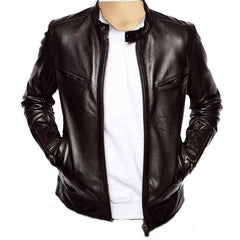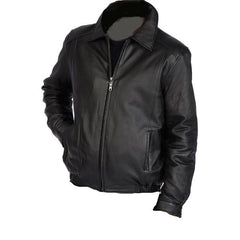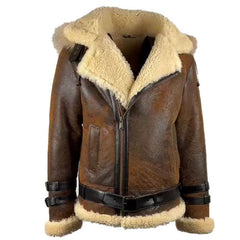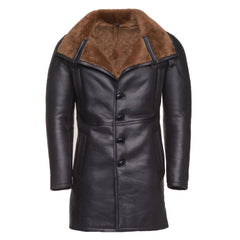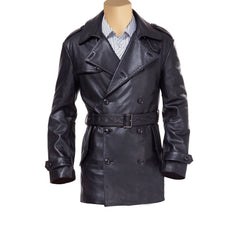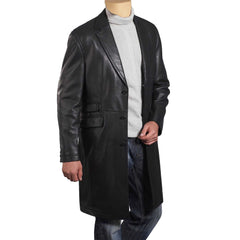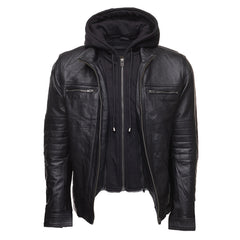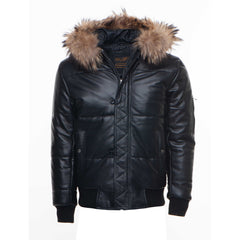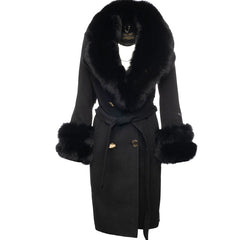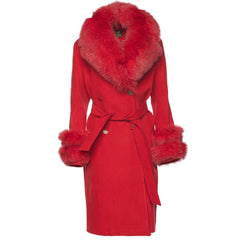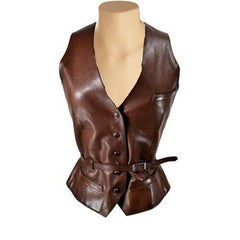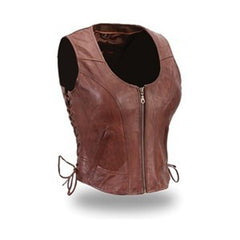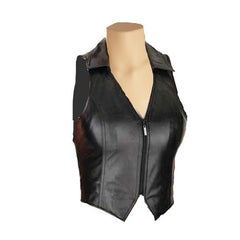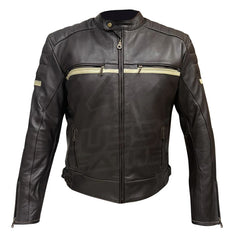Story in Leather: How Tanneries Shape Their Community

Last week we did a brief history of leather. Today, I'd like to take you on an inspirational trip through the leather business as a whole. Although the industry is commonly met with hatred, I won't be touching on it. Industry in and of itself is not negative. It can have a positive impact on the world. We will be looking at some examples and discussing the positive aspects of the leather business. Since this is a trip I encourage you to browse through the links as they come. The articles I've assembled are covered with images of the leather world. We are taking several trips to tanneries throughout the globe. We'll be talking about history again, but this time a few specifics and some general theories regarding business and community.
In From Hides to Handbags: Inside a Moroccan Leather Tannery Flora the Explorer creates a photo journal of her trip to Fez, Morocco. In Fez, the tanning district has remained unchanged since the 12th century. She realizes that the leather industry of Fez is the city's lifeblood. When Claire Burns looked at the tanning industry of medieval Britain she found something similar. She relates that "The location of a tannery is heavily based on the requirements of a nearby river or stream, cattle which could supply the hide, and of course oak trees which would supply the bark needed for the tanning process." Tanning industries of old were a major investment for a community. The trade was able to support the population. The fact that Fez continues to exist suggests that it is possible for a town to sustain itself with one industry for a long time. Flora also remarks that she felt as if the people were going about their daily lives as they tended to the tanning process.

The Shoe Snob takes a trip to the Ilcea leather factory in Milan. I want to take a time out and explain a bit of business theory and how the event of the Shoe Snob visiting the tannery suggests a central principle of good business practice. First of all, the shoe snob realized that he was going to need better suppliers to compete with the big boys in the leather industry. Over the years of posting on his blog he must have grown a good following in the leather industry. It was so good, in fact, that he drew the attention of the Ilcea factory who sent him an email offering information on the tanning process.

You see, the story the Shoe Snob tells us about the Ilcea factory is about relationships. When it first began, the factory was known for distributing quality leather products to none other than Ferragamo. For those of you who don't know, that is the name of a brand of shoes that became popular in the 1920's with the classiest people alive. One day, Ilcea's main boss died and left the two remaining founders to operate it. Unfortunately, one had no interest in the business and sold his shares to the other. The remaining founder began to sell off the company piecemeal, slowly destroying the existing business relationships. When another leather company heard that it was for sale, it bought it up and began to rebuild relationships. Even through the magic of the internet businesses can participate in making friends and maintaining relationships. How long do you think the business relationships have gone on in Fez?

It's not enough to start your village with the material resources laying around. Everyone needs everyone else, which means that above all, our relationships are our best resource. Although we bring quality leather goods, they can't exist without you, without the rest of the world.

Let's take this even further by introducing Cordoba. In the Gentleman's Gazette Schneider looks at the history of the Spanish town and its leather. He tells us that the leather there was widely known for its quality. What eventually set it apart, however, was its ties to Spanish Royalty, who spread throughout the kingdom. Businesses today try to use shout outs to get their messages heard. This is a subform of appealing to royalty. However, it is possible that relationships cultivated with powerful people become insanely beneficial. In some cases they can radically alter the town. Consider Amazon's search for a new headquarters. They put out a request for proposal where cities across the globe have to court the company into staying in their metropolis. In theory, this bondage will be mutually beneficial. Imagine the benefits to merchants who live in the same area as the Amazon headquarters. Although I'd love to talk about the destabilizing effects of the online marketplace, I'll leave it up to you to imagine the fate of Fez.

I want to include another photo trip. It's worth going to these place sin your mind to see the whole of the industry. For instance, you can get a sense for the labor required to produce the quality goods that you wear. Many ancient texts recommend that we look at the entire chain that led to the creation of a thing. In this case, our trip has already talked about society, geography, and trade (in both senses of the word). I am a visual person. I think anyone interested in their appearance is at least a bit visual in their thinking. I found the photos easier to understand. Language is just a poor approximation. try this video on for size too. It looks at the leather industry in Pakistan. By now, you should have a general idea of how the leather industry works. You should be able to see the interconnections industry and community that Flora expertly touches on throughout her article.
Leather as clothing can serve to produce and reproduce relationships. I hope to make it clear exactly the kinds of relationships on sale here. That will require a deeper look into the symbolism of leather. It was important to understand the leather sources, in order to appreciate the history of leather and the emergence of the tanning industry. Today I brought up how businesses like these are tied to their locations and their relations. Someday soon I hope to explain what this industry means on many levels. I will be following the chain of reference that leads to leather, the same way I am following the chain of materials and processes.

Anyway, I hope you enjoyed this post. Feel free to comment on it. Check out the rest of the blog if you haven't already. More to come next week.






















